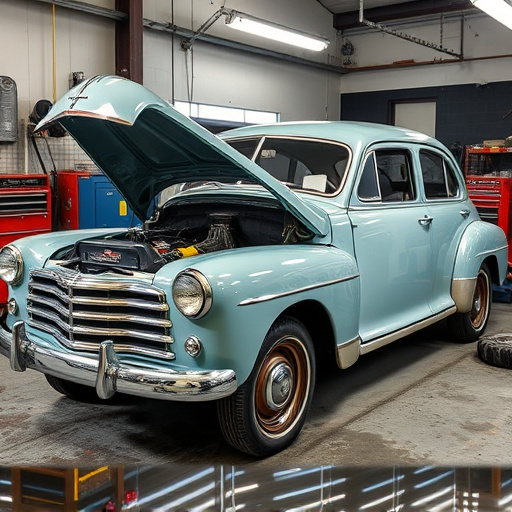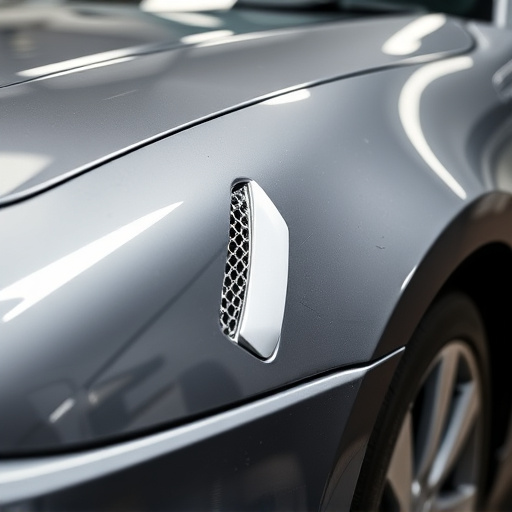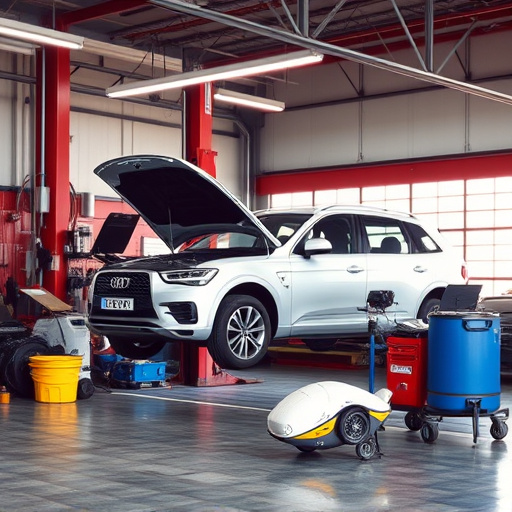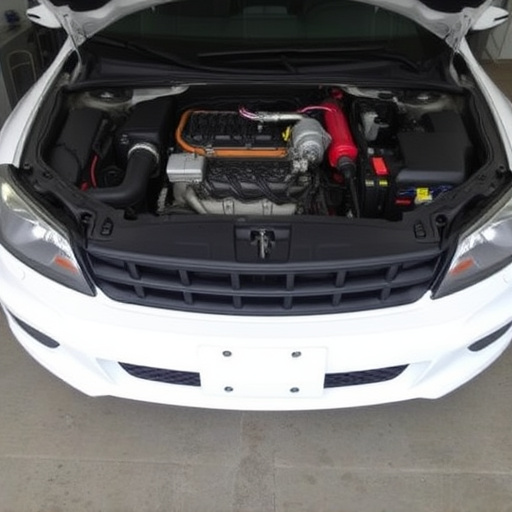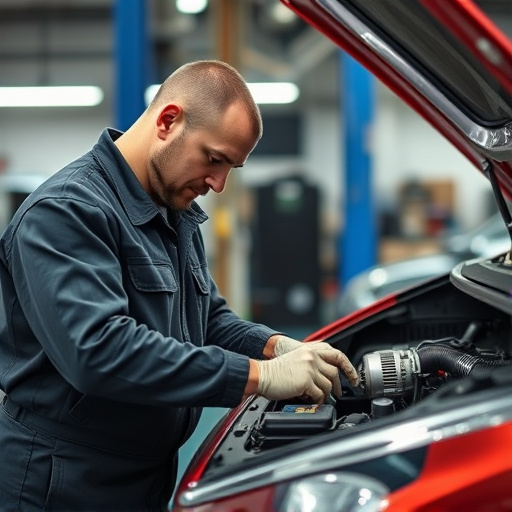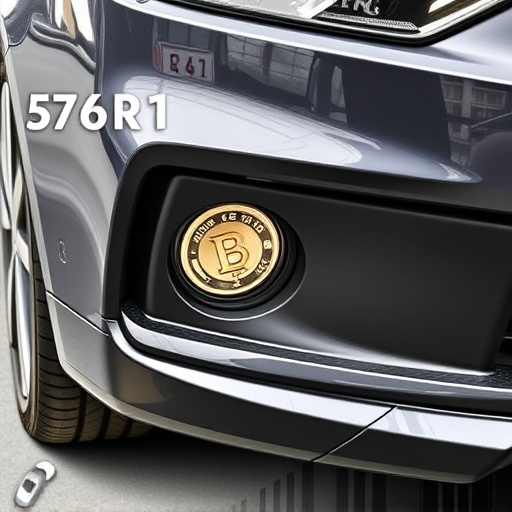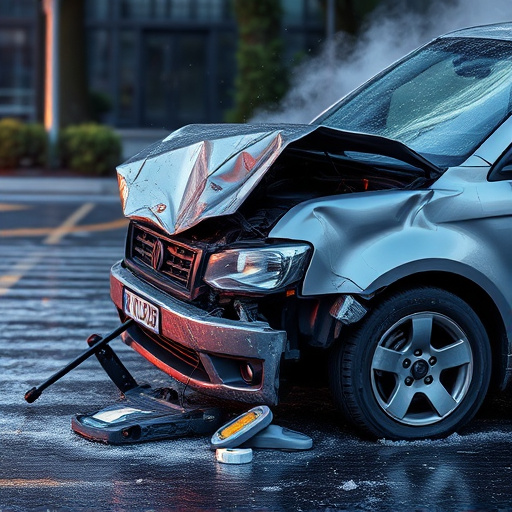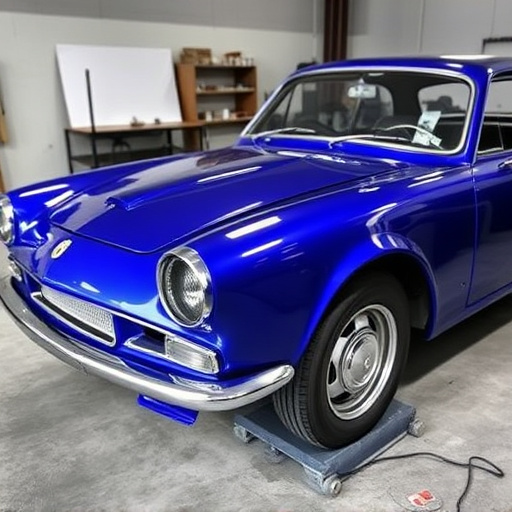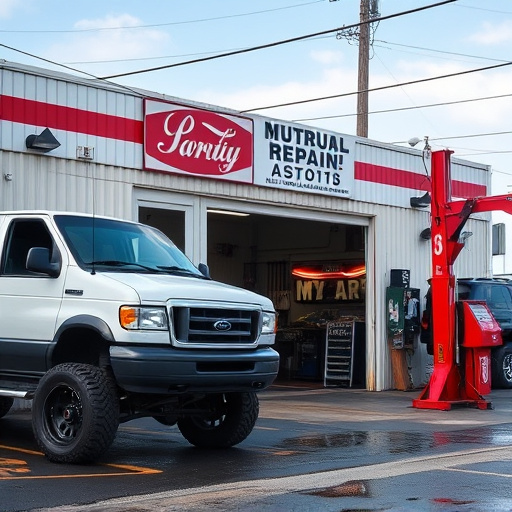Understanding crack patterns in windshields is vital for effective repair. Linear cracks require uniform pressure, while random or branching cracks need careful assessment and tailored techniques. Prepare tools like resin kit, pressure applicators, gloves, safety goggles, and a towel. Evenly apply pressure, avoiding too much force in one spot, for a successful and lasting windshield crack repair.
“Uneven pressure can worsen windshield cracks, so achieving precision is key in repair. This comprehensive guide walks you through the process, starting with deciphering crack patterns for effective repairs. Next, equip yourself with essential tools and materials tailored for the job. Learn techniques to apply consistent pressure, ensuring a seamless fix that enhances safety and preserves your vehicle’s aesthetics. Master these steps, and you’ll be well-prepared to tackle windshield crack repair with confidence.”
- Understanding Windshield Crack Patterns
- Gather Tools and Materials
- Evenly Applying Pressure During Repair
Understanding Windshield Crack Patterns
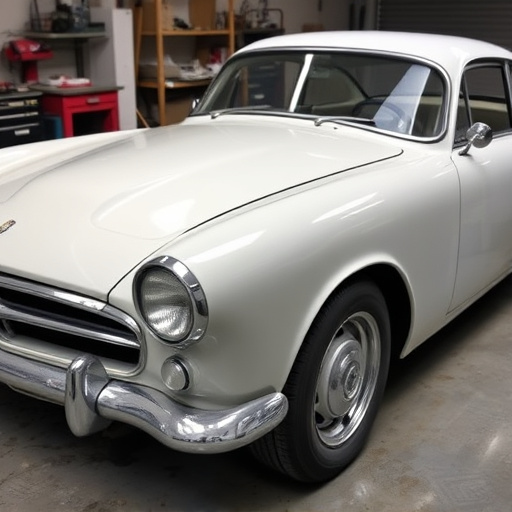
When addressing a cracked windshield, recognizing the pattern of the damage is crucial for effective repair. Cracks often appear in various forms, from thin lines to complex web-like patterns. Understanding these patterns can help determine the extent of the damage and guide the repair process. In many cases, cracks start as small chips or nicks on the glass surface, which, if left unattended, can spread and transform into larger fractures.
The uniformity or diversity of crack patterns plays a significant role in how they are repaired. For instance, linear cracks that radiate from a central point usually require precise pressure application during the repair process. This is because these cracks tend to propagate under stress, and uniform pressure helps prevent further spreading. In contrast, random or branching cracks present unique challenges, demanding careful assessment and tailored pressure techniques to ensure a successful windshield crack repair, whether for automotive restoration or classic car restoration.
Gather Tools and Materials
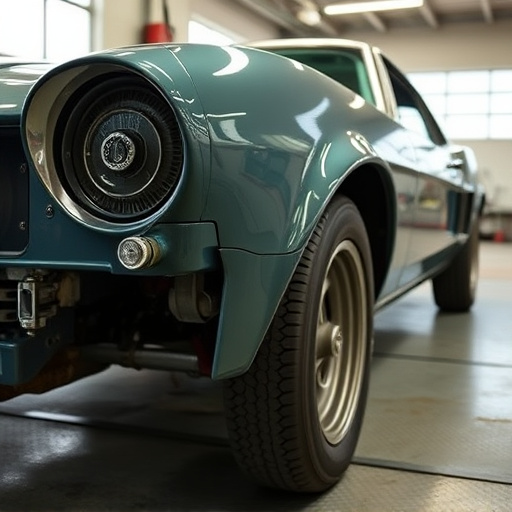
Before you begin repairing a crack on your windshield, ensure you have all the necessary tools and materials at hand. This process requires precision and the right equipment to achieve an even pressure application. For a windshield crack repair, gather a high-quality resin kit designed specifically for automotive glass cracks. These kits usually include a two-part resin, a hardener, and various applicators like spatulas, brushes, or rollers. Consider investing in a specialized tool for applying pressure during the repair process, such as a glass repair plate or a transparent film with built-in alignment guides.
Additionally, prepare other essential items including gloves to protect your hands, safety goggles to prevent debris from entering your eyes, and a clean towel or cloth for wiping away excess resin. While this may not be a Mercedes Benz collision repair specific checklist, having these tools readily available will streamline the scratch repair process and ensure a successful outcome in fixing your windshield crack.
Evenly Applying Pressure During Repair
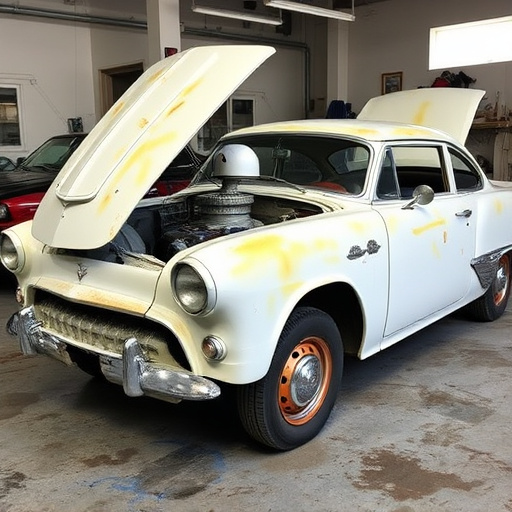
Evenly applying pressure during a windshield crack repair is paramount to achieving a successful and long-lasting fix. This requires both skill and precision. When using a repair kit, ensure that your hands or tools make contact with the entire length of the crack, distributing force consistently along its surface. This uniform pressure helps to realign the glass fibers, allowing them to bond securely once again.
A common mistake is applying too much pressure in one spot, which can cause further damage or create an uneven repair. It’s important to move methodically and carefully along the crack, maintaining consistent pressure. Using a steady, even stroke with your tools or fingers will help you achieve this. Remember, especially with deeper cracks, that patience and careful manipulation are key to achieving a paintless dent repair, similar to techniques used in classic car restoration for more intricate repairs.
Applying even pressure is a key aspect of successful windshield crack repair, ensuring a strong and lasting fix. By understanding crack patterns, gathering the right tools, and employing consistent pressure throughout the process, you can effectively mends chips and cracks, restoring your vehicle’s clear visibility and safety. Remember, proper technique makes all the difference in achieving professional-quality results for your windshield crack repair.
